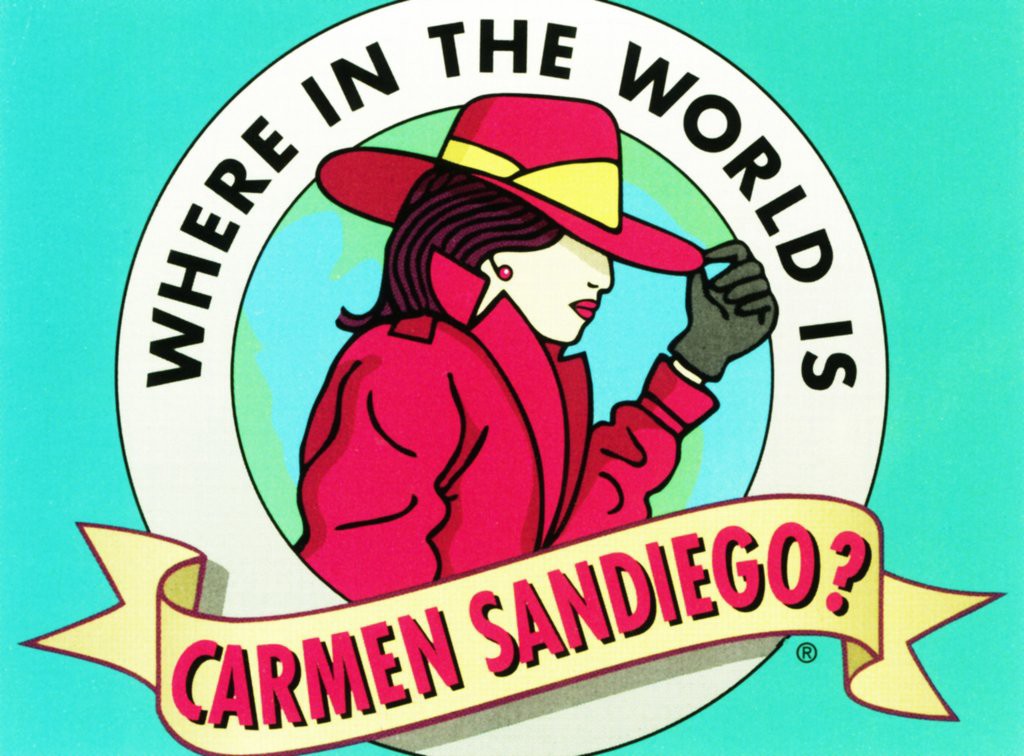By Paulo Camacho

Do you remember the kid’s show “Shining Time Station”?
If you grew up in the 80s and 90s, the name might ring a bell, and for good reason — for many, it was a childhood staple, on par with shows like Sesame Street and Mister Rogers’ Neighborhood. Whether you most remember it as the show that aired the beloved “Thomas The Tank Engine” segments, or for the almost-unthinkable castings — in retrospect, at least — of both former Beatles drummer Ringo Starr and famous stand-up comedian George Carlin as the sage Mr. Conductor, you might get the most nostalgia from its theme song — if you recognize it, that is:
It was shows like these that practically defined many a child’s formative years — especially if you watched TV stations like PBS. Here are some more examples of songs that represented the childhoods of many adults today:
“Main Theme” — Reading Rainbow
Premiering in June of 1983, “Reading Rainbow” aired on PBS until November of 2006, spanning over 21 seasons and totaling 155 episodes. Hosted by LeVar Burton of “Roots” and “Star Trek: The Next Generation” fame, each episode of the show centered on a particular theme, established by a featured children’s book. Burton would host a number of segments related to the episode’s theme, while various celebrities would participate in the reading of each featured book.
The show was renowned by critics and audiences alike for its emphasis on the concept of reading for children. From its importance to a growing child’s mind, both for their imagination and their intelligence, to its subject matter representative of the mental playground for children and adults, alike, “Reading Rainbow” resonated with the public in a profound way — enough for it to win a whopping 26 Emmy Awards.
While “Reading Rainbow” is remembered for its encouragement for young people to read, as well as its seminal host, the show’s memorable theme song is what sticks out for a generation of nostalgic adults who watched the program as children. Written by Steve Horelick and Dennis Neil Kleinman and performed by Tina Fabrique, the song mirrored the show’s theme of imagination and wonder for children who were willing to read — all you have to do is listen to the lyrics:
Butterfly in the sky, I can go twice as high
Take a look, it’s in a book,
A Reading Rainbow!
I can go anywhere
Friends to know, and ways to grow
A Reading Rainbow!
That, combined with an 80’s-style electronica instrumentation — one of the first uses of a Buchla Synthesizer in a TV theme — that had you feeling like you were floating on air, and it represented the quintessential theme song for a children’s show.
Created as a response to a National Geographic survey which partially indicated an utter lack in geographical knowledge of the American population, “Where In The World Is Carmen Sandiego” was spun off from the popular computer game of the same name. Premiering in September of 1991, the children’s game show pitted contestants in an advanced test of world geography, with host and “Senior Agent” Greg Lee, and gamesmaster “The Chief,” played by actress Lynne Thigpen.
The show featured a variety of geography-related challenges, from testing the contestants’ knowledge of geography trivia, to a final round bonus challenge that had winning contestants identifying countries in a random continent based on the trivia of said countries.
While the show was a colorful, faithful representation of the original computer game, it was the show’s theme song that really made the show stand out. Performed by the famed a cappella group Rockapella, the theme was originally written by members Sean Altman and David Yazbek. Its lyrics were littered with geographical puns, which made the catchy song all the more appreciated by nostalgic adults yearning for a second, third, and tenth listen.
“The Song That Doesn’t End” — Lamb Chop’s Play-Along
Premiering in January of 1992, “Lamb Chop’s Play-Along” features famed puppeteer Shari Lewis and her cavalcade of animal sock puppets, led by her famous white lamb puppet Lamb Chop — an act she had perfected over four decades in entertainment. Created as an “anti-couch-potato” show, Lewis and her puppet friends constantly encouraged audience participation throughout its five-year run. This was led by Lewis’ interactions with her anthropomorphic puppets, including Charlie Horse and Hush Puppy.
And, while the show did have a catchy theme song, it was the program’s closing anthem, “The Song That Doesn’t End” (also known as “The Song That Never Ends”), that people likely couldn’t get out of their heads, even if they tried. It was an arranged as an infinite round, hence the song’s eponymous name — the tune’s “final” lyrics — “And they’ll continue singing it forever just because” — allowed for the song to go back to the beginning. As the end credits demonstrated, it was shown as a playful march — one that host Shari Lewis repeatedly demanded the children and puppets stop tout suite. It eventually went down in pop culture lore as a well-known tune.